Sports physician Dr Patrick Goh has treated many leading Singapore athletes, such as Fandi Ahmad, Joscelin Yeo, Ang Peng Siong and Ronald Susilo – during his time at the former Singapore Sports Council’s Sports Medicine and Research Centre. The doctor was there for 14 years.
Today, he is a specialist sports physician in private practice – with a clinic at the Camden Medical Centre.
I caught up with Dr Goh, 53, and picked his brains on the treatment of common running injuries. He also shared his thoughts on cross training and how running affects the legs.
This is what Dr Goh said.
How does running affect the legs?
An appropriate level of running strengthens your legs – both the bones and the soft tissues (muscles, tendons and ligaments). However, an excessive amount of running could lead to various overuse injuries of these same structures.
What is appropriate and what is excessive, differs among different individuals, for a multitude of reasons. These include age, gender, weight, current fitness level, body and leg structures.
How should a runner, especially a marathoner, look after his or her legs?
- Train but allow for sufficient recovery in between sessions
- Increase your distances and speeds gradually.
- You may need to address biomechanical problems such as flat-footedness or tight calves with foot wear, gait changes, specific stretches and muscle strengthening.
- Listen to your body, and get any lingering or recurring aches or pains seen to by a sports medicine professional– the earlier the better.
In a runner’s training programme, what is the role of aqua running?
This is important if you are running high mileages.
It provides a respite from weight bearing, which in the long term can damage weight bearing structures such as joints, muscles or tendons.
What are the best cross training activities to complement running and why?
These include doing:
- Stretching – runners, particularly, distance runner, tend not to use their joints to their full range and over time, these would get stiffer. This leads to problems if they then decided to do speed or power training.
- Non-impact activities – such as biking, swimming and aqua running as they provide a respite from weight bearing running.
- Light to moderate resistance training for both lower and upper body. This helps to develop muscles required for the occasional bursts of speed and attacking hills. This also develops the accessory respiratory muscles which can make the work of breathing easier – during a hard run.
What are the most common type of injuries that a runner tends to get?
A fairly large study published in 2002 found these as the top three, and my own experience over the years suggests the same picture.
- “Runner’s Knee” or “Patello Femoral Pain Syndrome” (A common ailment among runners, resulting in knee pain
- Ilio Tibial Band (ITB) Friction Syndrome (Inflammation or tightness of the ligament that runs down the outside of the thigh from the hip to the shin).
- Plantar Fasciitis (Heel spur syndrome – inflammation of the thick tissue on the bottom of the foot).
What are some good methods of self-treatment for the three injuries that you have listed above?
The principles outlined in my answer to the second question above, are applicable to all three. If you do have symptoms, which suggest any of the above problems, you should back off from your running programme and switch to one of the alternative cross training methods.
Icing the sore areas regularly would also help reduce inflammation.
For runner’s knee and ITB syndrome, you should strengthen your inner quadriceps and gluteus muscles, as well as stretching the gluteus and tensor fascia lata muscles (lying above the hip muscles). For plantar fasciitis (heel pain), you should use a heel cushion and stretch your calves regularly.
How should a runner decide when to seek professional help with regards to injuries?
When these injuries are not responding to your first-line or self-help measures, you should seek professional help. A qualified sports medicine specialist would be able to help confirm the diagnosis and identify risk factors, which are potentially correctable. More serious conditions which can mimic symptoms, can then be ruled out.
What are the ways that a doctor would treat each of the above three injuries?
Runner’s Knee
Runner’s knee is probably one of the most complex and challenging of conditions to treat. There is no one single method, which works for all runners. Treatment is targeted at several levels:
- Addressing any biomechanical issues, which may be leading to the problem. This includes muscle weakness or imbalances, gait issues and training errors.
- Addressing tissue-level damage, especially in older runners. Cartilage damage leading to inflammation and pain may persist despite biomechanical issues being addressed. Pain would cause muscle inhibition and the inability to strengthen the quadriceps. Inflammation is usually addressed with a short course of anti-inflammatory medication. Nutritional support for the cartilage can be obtained through supplements such as glucosamine and/or chondroitin sulphate.
- In more severe cases, injections of hyaluronic acid are given into the knee to reduce friction. More recently, platelet-rich plasma (PRP) injections has been used. This is a concentrate of platelets from your own blood, which are rich in growth factors which can support the development of cartilage as well as control inflammation.
Ilio-Tibial Band Syndrome
Ilio-Tibial Band Syndrome is usually treated by stretching and massage of the IT band, and strengthening of the inner quadriceps and gluteus muscles.
Once again, the biomechanical and training issues (such as overtraining and too rapid progression), which could have led to the condition, should be identified and addressed.
At the tissue level, there is sometimes damage to the tendons and the formation of a frictional bursa (when a tendon moves repeatedly over a small, fluid-filled sac) between the IT band and the bone beneath.
The bursa, if present, is usually treated by an injection of cortisone. Tendon damage, if present, could be treated either by rest or injection of PRP or cortisone (although cortisone is usually of short term benefit)
Plantar fasciitis
The principals above are similarly applicable, i.e. treat the cause (if it can be identified) and treat the tissue damage.
The cause is often linked to tight calves, being overweight, or suddenly doing speed drills or hill training.
However, in the case of plantar fasciitis, there could be daily issues such as prolonged standing. School teachers, for example, represent a higher risk group for plantar fasciitis simply because they stand for many hours everyday.
The tissue-level interventions for plantar fasciitis include cortisone injections, ESWT (Extracorporeal shock-wave therapy) and PRP.
Additionally, temporary measures such as silicone heel cushions and taping of the foot can give significant temporary relief. Daytime stretching of the calf (your standard calf stretches done three to four times throughout the day) and wearing a splint at night, would help in the short and medium term.
Other Blog Posts
Click here for running injury prevention tips from sports physiotherapist, Gino Ng.
Click here for tips on common running injuries and prevention from orthopaedic surgeon Dr Tho.
Click here for running tips from Singapore’s top runner, Mok Ying Ren.
Click here for running tips from Ivan Low, a regular podium finisher in Singapore races.


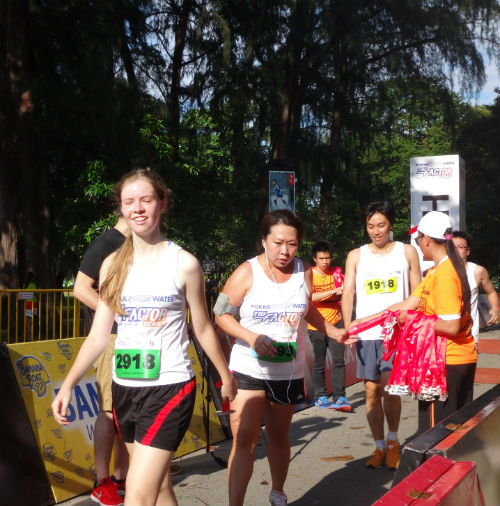

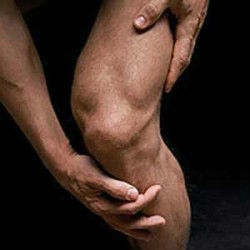
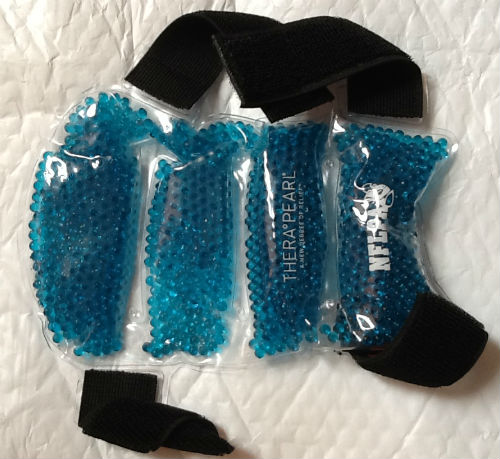
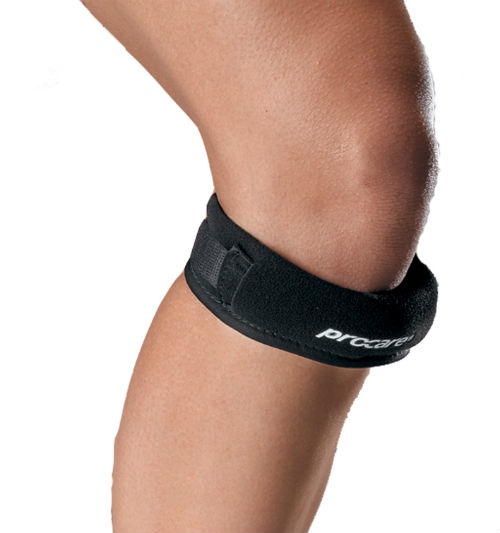
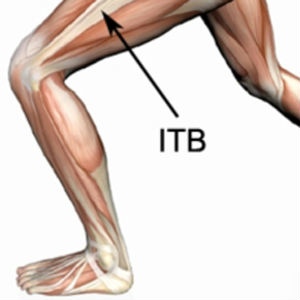
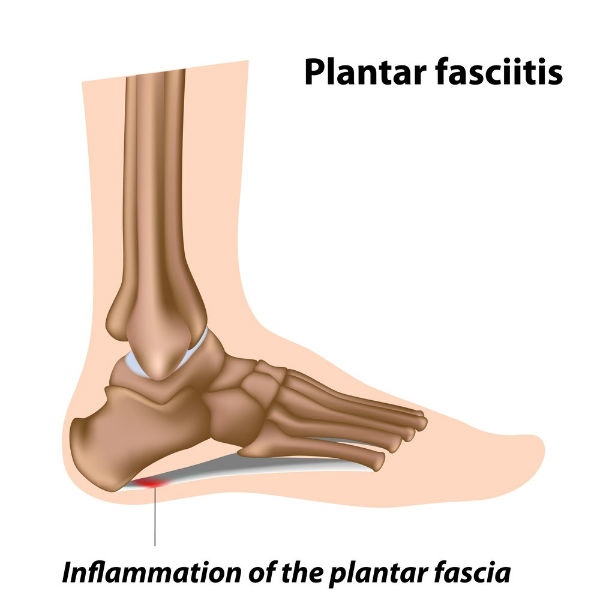
Leave a Comment